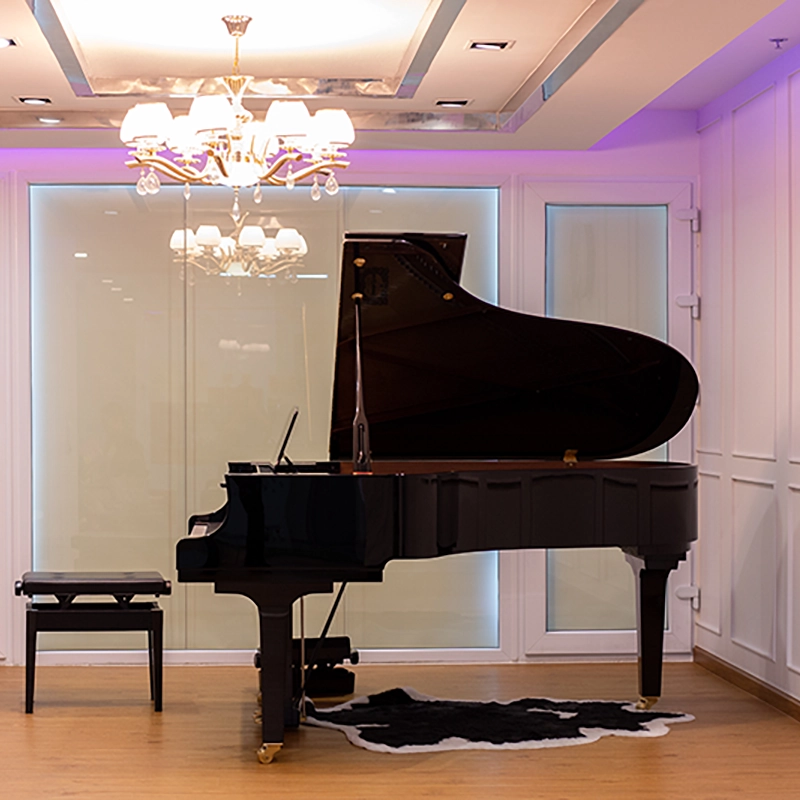Contrast in Interior Design – Your Best Friend
The contrast in interior design refers to using different elements that are opposite or significantly different from each other to create visual interest and balance in a space. This can be achieved through various methods, including color, texture, pattern, shape, and size.



The contrast in interior design refers to using different elements that are opposite or significantly different from each other to create visual interest and balance in a space. This can be achieved through various methods, including color, texture, pattern, shape, and size.
Contrast in Interior Design

Color
One way to use contrast in interior decorating is through the use of color. This can be done by pairing complementary colors, such as blue and orange, or by using a monochromatic color scheme with different shades and tints of a single color. Using contrasting colors can help define and separate different areas or features within a space and draw the eye to specific elements.

Texture
Texture is another way to create contrast in interior decorating. By combining smooth and rough surfaces, or using different materials with distinct textures, you can add depth and interest to a space. For example, pairing a rough, textured wall with a smooth, glossy surface can create a sense of contrast and balance.
Pattern
Pattern is another element that can be used to create contrast in interior decorating. Using patterns with different scales or repeating at different intervals can add visual interest and movement to a space. Combining patterns with different colors or textures can also create contrast and draw the eye.

Shape and Size
Shape and size are other elements that can be used to create contrast in interior design. Using larger elements, such as a statement piece of furniture, can draw the eye and create a sense of balance with smaller, supporting elements. Combining different shapes, such as organic and geometric, can also create contrast and visual interest.

Overall, contrast in interior decorating is a powerful tool for creating visual interest, balance, and defining different areas or features within a space. By using a combination of color, texture, pattern, shape, and size, you can create a cohesive and visually appealing design.
In Conclusion
In interior design, contrast is used to draw the eye’s attention to certain elements within the space to create visual interest and excitement. This can be done through a variety of methods including contrasting colors, textures, shapes, and scales. Contrasting elements make a space more dynamic and engaging while adding depth and dimension to any room.
Contrast creates visual interest by combining elements that are different from one another – for example, light and dark colors, or a modern aesthetic paired with traditional pieces. The use of contrasting textures and materials also helps create depth and dimension within an interior.
Check out our Editorial: 50 Ultimate Interior Design Styles here.
Color contrast and spatial memory, read more here.
barbie decoratebarbie decoratingbarbie decorationsbarbie house smallbarbie surferbold colorscalming colorscolorcolor combinationcolor palettecolor trendscontrastdecorating vinyl recordsdecor junkiediydiy home decorgreeneryhome decorhome decor color trends 2023home decor ideashome decor inspirationhome decor styleshome interior designIDJ Interior Designs Junkieinterior designInterior design junkieinteriordesignsjunkieinteriordesignsjunkie.cominterior design trendslightingliving roommid century modernmodern interior designMood boards for interior designorganizescalescale and proportionScandinavianstatement piecessurfer barbietexturetimelesstypes of home decor styleswall artwhat interior design
Contrast in interior design is the use of opposite elements to create visual interest. Contrast can be achieved through the use of color, texture, proportion, and light. Contrast creates drama and can draw attention to an important element or design feature within a room.
